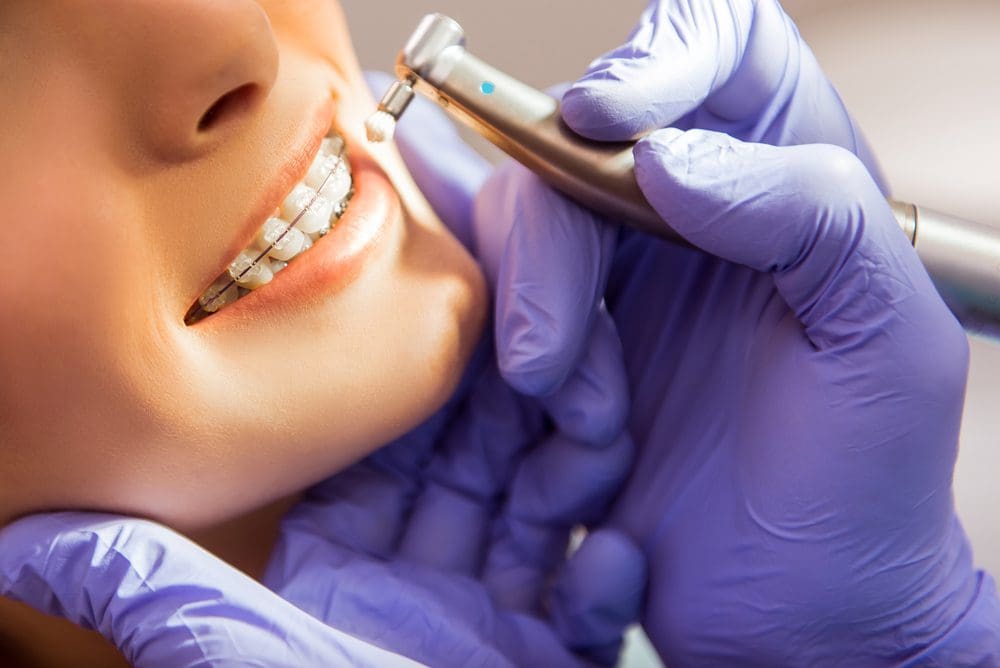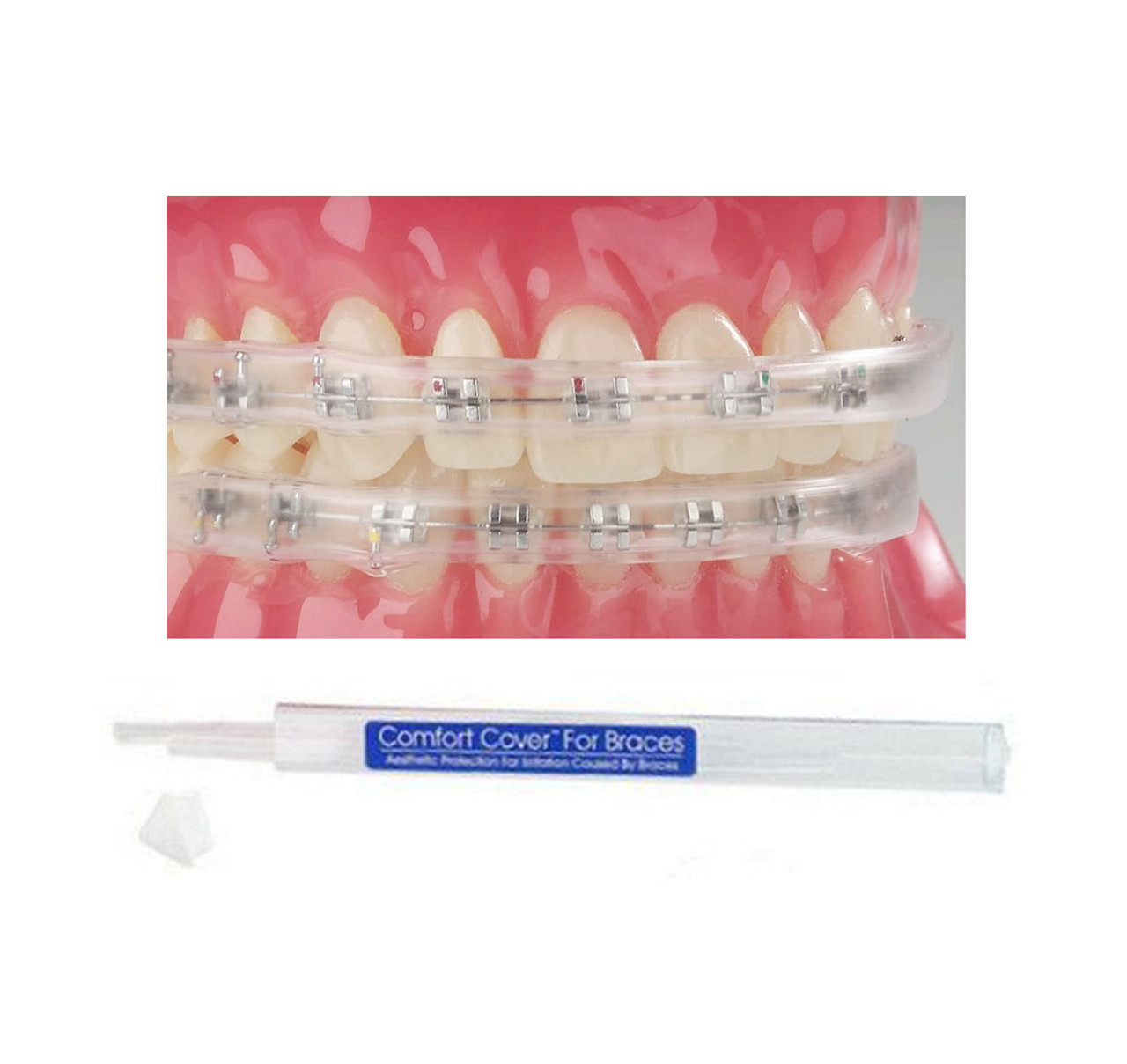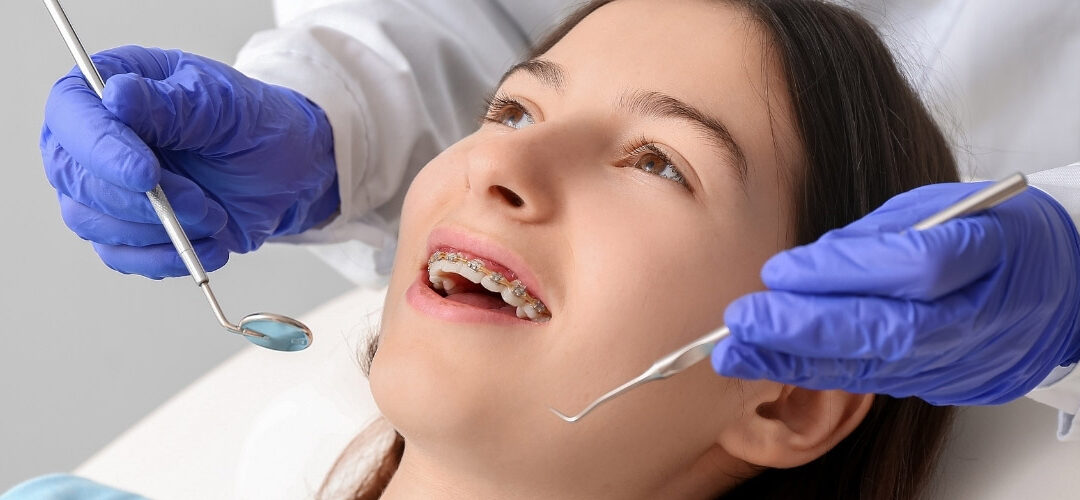Comprehensive Overview to Orthodontics Procedures for Fixing Dental Imbalances
In the world of orthodontics, the trip to achieving a perfectly lined up smile includes a myriad of treatments customized to correct dental misalignments. From traditional dental braces to unnoticeable aligners and also surgical choices, the area of orthodontics provides a range of remedies to address varying levels of oral irregularities. Understanding the ins and outs of each treatment, including their mechanisms, advantages, and prospective downsides, is crucial in making informed choices concerning one's orthodontic treatment. As we browse with the extensive guide to orthodontic treatments for remedying oral misalignments, the intricate information of each method will unravel, shedding light on the course toward a unified and practical dental positioning.
Orthodontic Procedures Summary

Along with conventional braces and clear aligners, orthodontists might additionally advise various other treatments like headwear, palatal expanders, or retainers to resolve details positioning problems (cumming orthodontics). These treatments are tailored to each patient's unique needs and may involve a combination of treatments to attain the wanted outcomes. Regular adjustments and surveillance are critical components of orthodontic therapy to make sure progression is on track and to make any kind of required modifications along the road. By undertaking orthodontic treatments, people can not just attain a straighter grin but additionally enhance their overall oral health and function.
Conventional Dental Braces: How They Work
When thinking about orthodontic therapies for oral misalignments, typical braces stand out as a time-tested technique for dealing with teeth positioning. Traditional braces consist of braces, cords, and bands that function with each other to use continual stress on the teeth, progressively moving them into the wanted positioning.
As stress is applied to the teeth via the braces, the bone surrounding the teeth is reshaped to sustain the new tooth placements. Clients will need routine modifications at the orthodontist's office to guarantee the dental braces continue to apply the appropriate stress for efficient teeth motion.
Invisible Aligners: Advantages And Disadvantages
These clear, tailor-made trays are virtually unseen when used, making them an enticing choice for people looking for an extra visually pleasing orthodontic therapy. Patients can get rid of the aligners before eating or cleaning their teeth, decreasing the danger of food getting stuck in the appliance and simplifying the cleansing process.

Surgical Orthodontic Options
Surgical treatments in orthodontics present viable choices for addressing complicated oral imbalances that may not be properly resolved with conventional orthodontic treatments. While standard dental braces and unnoticeable aligners can remedy numerous orthodontic issues, specific cases need surgical intervention to achieve optimal outcomes. Surgical orthodontic choices are usually recommended for serious malocclusions, significant jaw disparities, and cases where the underlying bone framework needs alteration to attain correct positioning.
One typical surgical orthodontic treatment is orthognathic surgical procedure, which entails repositioning the jaws to fix investigate this site useful issues such as trouble eating or talking. This surgical procedure is typically done in collaboration with an orthodontist who assists straighten the teeth before and after the procedure. Surgical orthodontics might likewise entail procedures to expose impacted teeth, eliminate excess gum tissue, or reshape the jawbone to produce an extra unified facial profile.
Before thinking about surgical orthodontic choices, people undergo a comprehensive analysis to figure out the necessity and possible advantages of such treatments. braces. While surgery might appear difficult, it can considerably improve both the function and aesthetics of the smile in situations where traditional orthodontic treatments fall short
Retainers and Post-Treatment Care

Post-treatment care involves following the orthodontist's instructions vigilantly. This may include correct dental health practices, attending follow-up consultations, and putting on the retainers as prescribed. Failure to follow post-treatment care instructions can result in regression, where the teeth slowly move back towards their initial settings. Constant retainer wear, good dental hygiene, and routine oral check-ups are important for maintaining the results accomplished through orthodontic surgical treatment and guaranteeing the long-lasting stability of the remedied dental positioning.
Conclusion
To conclude, orthodontic procedures use different alternatives for correcting oral imbalances. Traditional braces utilize metal brackets and cables to move teeth into correct placement. Unnoticeable aligners offer a more discreet option but might not be ideal for all cases. Surgical orthodontic alternatives are readily available for more serious misalignments. Retainers are frequently made visit use of post-treatment to maintain the brand-new placement. Overall, orthodontic procedures can efficiently enhance oral health and visual look.
As we browse via the extensive guide to orthodontic treatments for correcting dental misalignments, the complex details of each technique will unfold, losing light on the course towards a unified and practical oral positioning. - cumming invisalign
One of the most usual orthodontic treatments is the usage of braces, which consist of metal brackets and cables that use gentle stress to gradually shift teeth right into the wanted placement.When taking into consideration orthodontic therapies for oral imbalances, typical dental braces stand out as a tried and true technique for dealing with teeth placing. Furthermore, unnoticeable aligners might not be suitable for intricate orthodontic concerns that require even more substantial teeth motion, as they are normally recommended for moderate to modest situations. Retainers are custom-made orthodontic tools designed to hold teeth in their remedied settings after the completion of orthodontic treatment.